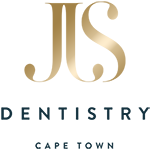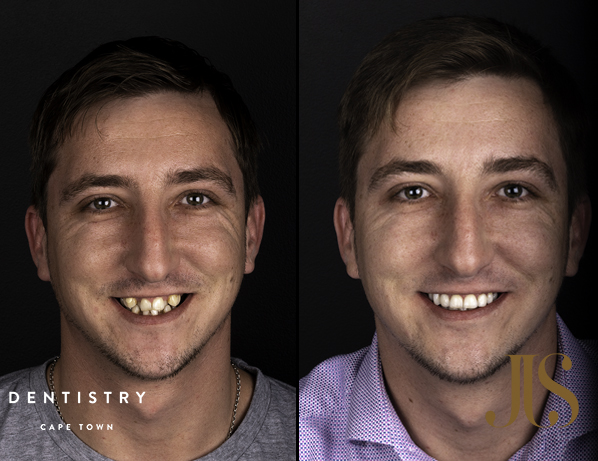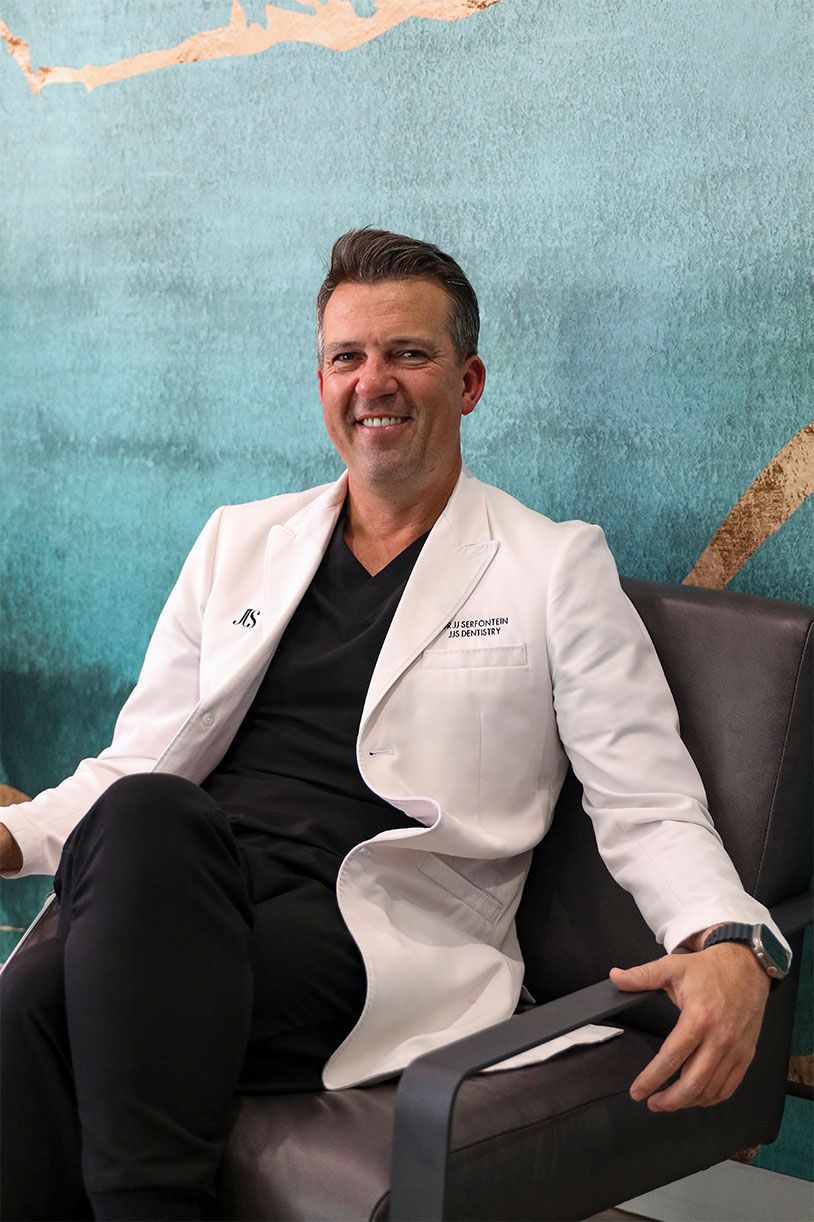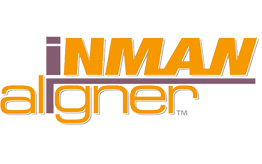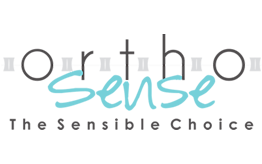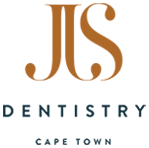
Kyla Spykerman


I’ve been with JJ density’s since 2021 and everytime they seem to amaze me . The whole team at JJ is so loving and inviting. From Steff and Jacci through to Caitlyn the Oral hygienist and JJ himself and the rest of the staff. I walk in their with the biggest warmest welcome and leave their with an amazing smile and even better feeling. The comfort they provide with each treatment they give is world class aswell as the top class products and technology they use. My Teeth has never been in better condition than it is now . Thank you to JJ and Caitlyn and the whole team!!!!! ❤️❤️

Adele de Villiers


Dr Serfontein and the practice staff has been amazing since the first day I walked in. He takes his time to explain everything and makes sure you are comfortable. I have always been petrified of dentists until I met JJ. There’s no other practice for me. Thank you! My teeth are straight!!!!!

Charmaine Agathocleous


I had the most wonderful experience! Dr Melissa Brink is just absolutely amazing after a few appointments with her she made me feel if I was part of her family. I would rate her as the best dentist I have ever had. Dr Melissa Brink you absolutely rock👌 I would highly recommend JJS Dentistry! A out of this world experience with very professional and friendly staff.

Juraj Priecel


This is my favourite dentistry in the whole world and I been to dentists in UK, Switzerland, Austria and Germany. Love to come here as everyone is positive, knowledgable, caring and leading edge professional. Location is above Ferrari dealership and I get my Ferrari dental care here )))

Heinke Blomerus


In January last year I was fortunate enough to have my teeth whitened by Chantelle at the Vineyards. I’ve gotten so many compliments on my teeth and still do to this day - and its been more than a year. I still use my At Home teeth whitening kit once a week to maintain this white smile. I will forever be grateful for the team at Jjs Dentistry. I still LOVE my smile! I highly recommend to EVERYONE! Its a Spa for your teeth while watching Netflix - what more do you want!?

Shariefa Bawa


Today was my first ever consultation at JJ Dentistry & from the moment I walked in each and every staff member was sincerely friendly and professional .Abi and Jacqui at the front desk were both lovely . Dr Brink and her assistant made me feel so comfortable from start to finish & explained everything in detail in order for me to have a better understanding. Thank you all 🙂. Looking forward to my next session 👌

Bron Slabbert


Took my daughter to Dr Raymund Weihmann with a broken tooth and he was absolutely AMAZING ! He explained everything he was doing which made her feel more relaxed and he listened to what she wanted. Whole experience was fantastic - from being fitted in at the last minute before a long weekend to the way everybody in the practice treated her. Will definitely be returning to him!

Kelly KiKx


Honestly the best dentist I’ve been to and I have a massive fear of the dentist… I even got to watch Netflix while waiting in the chair and they made my experience quite enjoyable! I’ve been back 6 times in 2 months and excited every time! What amazing and fun staff! We are practically family at this point!
